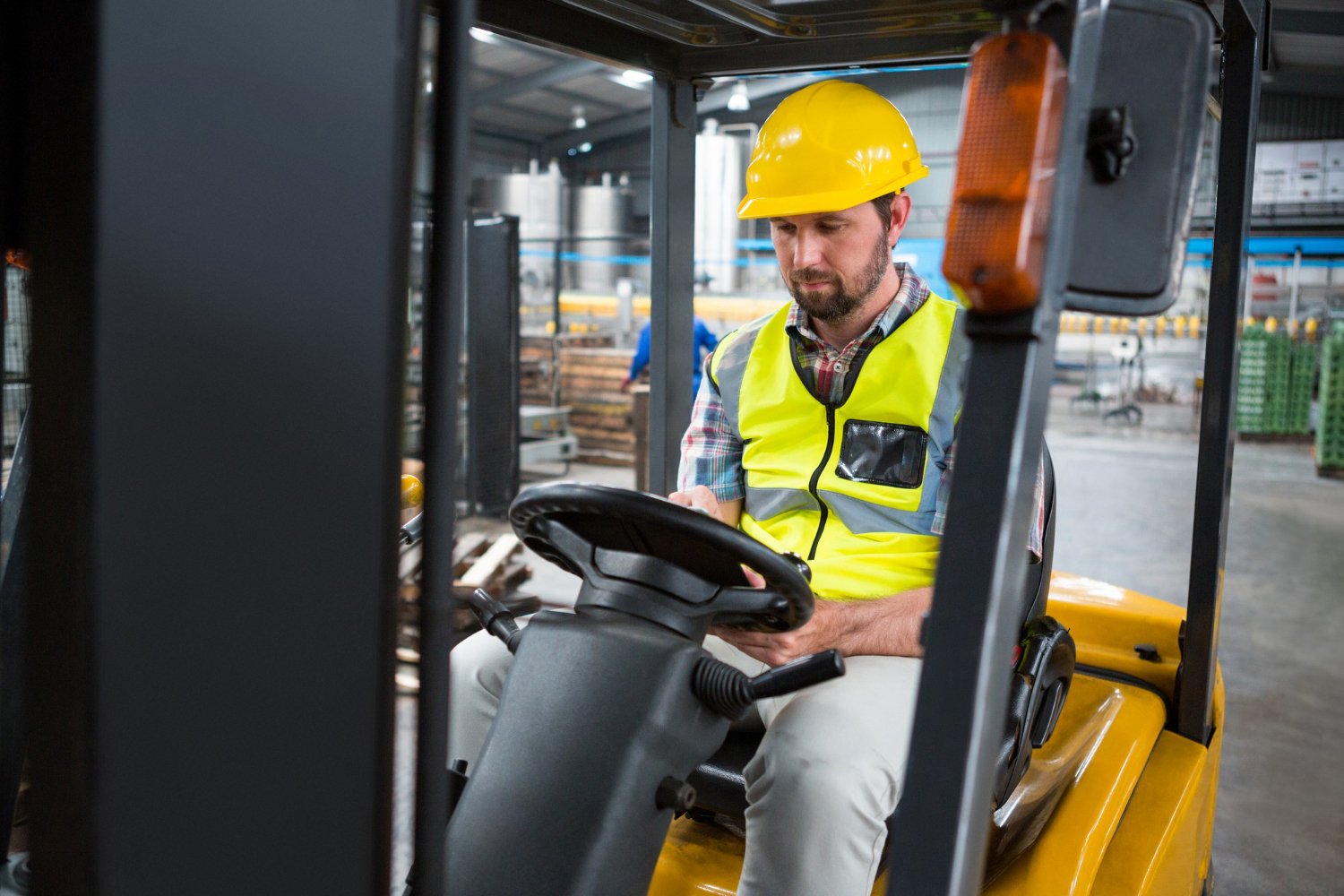The 1950s British telehandler forklift marked a significant shift in industrial lifting and material handling. During this period, British manufacturers developed hydraulic lift trucks, boom lifts, and industrial telehandlers to improve efficiency in warehouses, construction sites, and agricultural fields.
This article explores the history, functionality, and impact of the 1950s UK telehandler forklift, highlighting how these machines shaped modern material handling technology.
The Birth of the 1950s British Telehandler Forklift
The 1950s saw rapid industrial growth in the UK, leading to a demand for better material handling equipment. Traditional forklifts were already in use, but telehandlers with extended boom lifts provided more versatility.
What Defined the 1950s British Forklift with Boom Lift?
- Boom Lift Design – Allowed higher and more flexible lifting compared to standard forklifts.
- Hydraulic Lift System – Improved load stability and precision lifting.
- Compact Yet Powerful – Suitable for factories, farms, and construction sites.
This mid-century British industrial telehandler was a breakthrough in efficiency and safety.
Key Features of a 1950s UK Telehandler Forklift
Unlike traditional forklifts, the 1950s British hydraulic lift fork truck introduced new features that enhanced productivity.
1. Hydraulic Boom System
- Provided higher lift capabilities than earlier models.
- Allowed telescopic reach for better material placement.
2. Compact & Sturdy Frame
- Designed for tight warehouse spaces and outdoor sites.
- Strong metal chassis with reinforced lifting arms.
3. Manual & Semi-Automatic Controls
- Early lever-operated hydraulic systems.
- Later models introduced semi-automated controls for smoother operation.
These features made the vintage British telehandler from the 1950s an essential machine in many industries.
Industries That Used the Classic British Telehandler from the 1950s
The retro UK telehandler forklift model was not limited to warehouses. Its versatility and durability made it ideal for various industries.
1. Construction Industry
- Used for lifting heavy materials to higher levels.
- Provided stability on uneven surfaces.
2. Agriculture & Farming
- Helped stack hay bales and transport large loads.
- Reduced manual labor on large farms.
3. Manufacturing & Warehousing
- Increased efficiency in moving industrial materials.
- Allowed faster loading and unloading of goods.
The old-school British telehandler machine improved productivity in multiple sectors.
How the 1950s British Hydraulic Lift Fork Truck Evolved Over Time
As industries expanded, so did the need for better telehandlers. The 1950s British forklift with boom lift laid the foundation for modern lifting technology.
Key Improvements in Later Decades
- 1960s – Introduction of automatic transmissions.
- 1970s – Enhanced safety features and operator cabins.
- 1980s – Development of electronic control systems.
Today’s telehandlers trace their engineering advancements back to these antique British forklift loaders from the 1950s.
Comparing the 1950s British Telehandler to Modern Models
How does the mid-century British industrial telehandler compare to today’s forklifts?
| Feature | 1950s British Telehandler | Modern Telehandler |
| Power Source | Mostly diesel engines | Diesel, electric, hybrid |
| Lift Mechanism | Manual hydraulic system | Fully automated controls |
| Reach & Load Capacity | Limited | High reach and heavy-duty |
| Safety Features | Basic seatbelts, open cabin | Enclosed cabin, advanced sensors |
| Efficiency | Slower operations | Faster, fuel-efficient |
The classic British telehandler from the 1950s paved the way for today’s high-tech lifting machines.
Where to Find Vintage British Telehandlers from the 1950s?
Collectors and restoration enthusiasts still search for these historic forklifts. If you’re looking for an antique British forklift loader from the 1950s, here’s where to start.
1. Online Auctions & Collectors’ Markets
- eBay and classic machinery websites offer vintage telehandlers.
- Specialized forums for industrial equipment collectors.
2. Industrial Equipment Museums
- Some UK museums showcase historical material-handling machines.
- Check exhibitions featuring mid-century forklifts and telehandlers.
3. Restored Models from Enthusiasts
- Some machinery restorers refurbish and sell old telehandlers.
- Vintage construction equipment groups often trade these machines.
Owning a 1950s British telehandler lift truck is a piece of industrial history.
Conclusion
The 1950s British telehandler forklift was a game-changer in material handling. With hydraulic boom lifts and compact designs, these machines made lifting and transporting goods more efficient.
Over the years, the classic British telehandler from the 1950s evolved into the modern, high-tech forklifts used today. Whether for historical interest or industrial use, these machines remain a significant part of British engineering heritage.
FAQs
1. What was the main use of 1950s British telehandlers?
The 1950s UK telehandler forklift was used in construction, farming, and warehouses for lifting and transporting materials.
2. How did the 1950s British forklift with boom lift work?
It operated using a hydraulic lift system, allowing extended reach and higher lifting capacity.
3. Can I still buy a vintage British telehandler from the 1950s?
Yes, some collectors, auctions, and restorers sell antique British forklift loaders from the 1950s.
4. What is the difference between a telehandler and a forklift?
A telehandler has an extendable boom lift, whereas a forklift lifts vertically with fixed arms.
5. How did the 1950s British hydraulic lift fork truck influence modern telehandlers?
It introduced boom lifts, hydraulic technology, and compact designs, which are still used in modern lifting machines.

